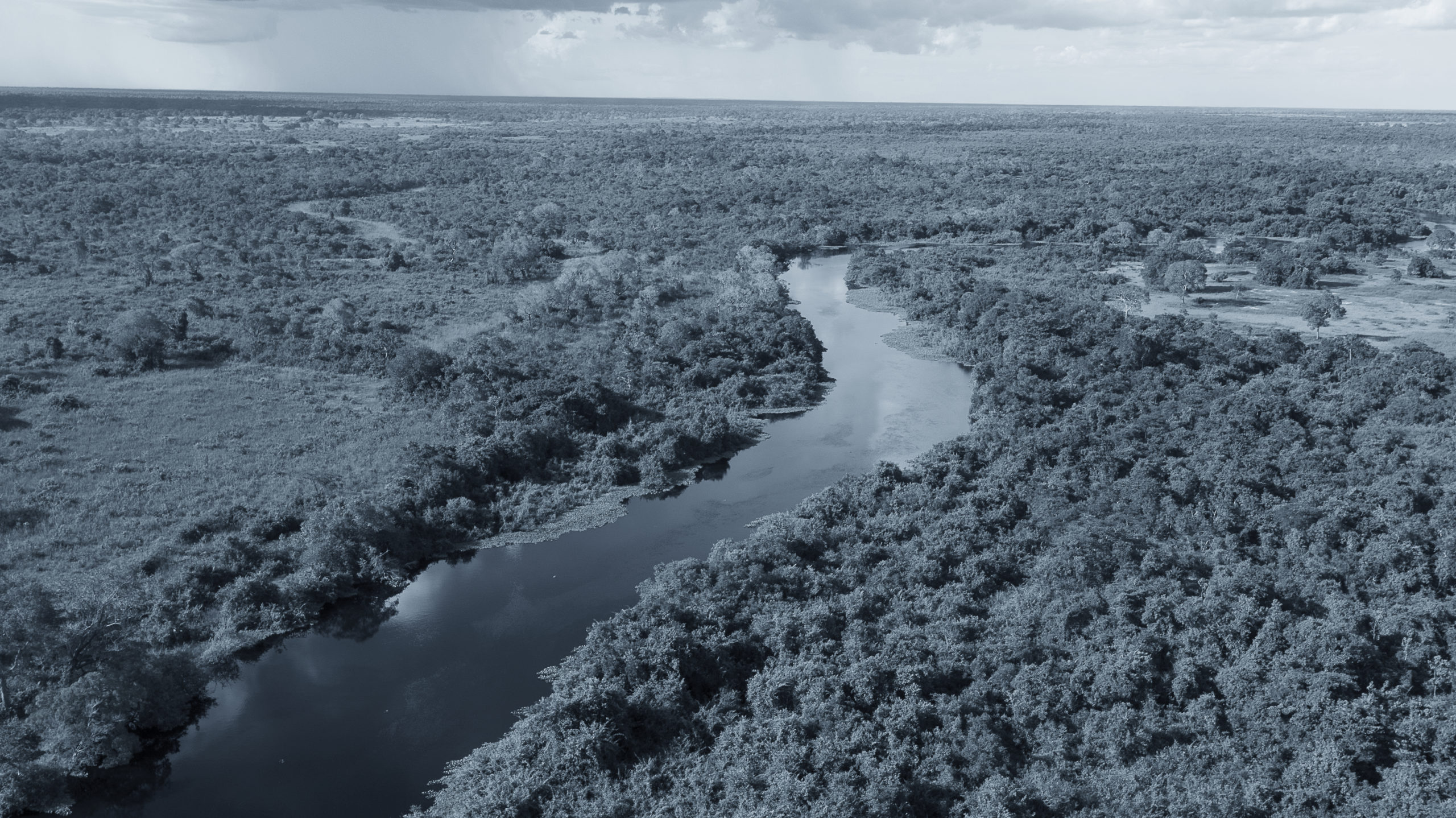The objective of this white paper is to share BHP’s approach to setting context-based water targets (CBWTs) by applying three principles for setting site water targets that reflect the catchment context. The targets should be:
- Meaningful: water targets should respond to priority water challenges within the catchment and contribute to meeting the UN Sustainable Development Goals (SDGs)
- Site and catchment relevant: the ambition of water targets should be informed by the site’s scale and contribution to water challenges and desired catchment conditions; and
- Risk- and opportunity based: water targets should reduce operational, catchment and regional water risk, capitalize on opportunities and contribute to public policy priorities.
At the time this white paper was written, to the best of our knowledge, there were limited examples of how to operationalize the three principles listed above. By sharing this approach, we seek to stimulate timely discussion and critical feedback to inform ongoing debate on how practitioners can set site-level CBWTs.
This white paper is not intended as a stand-alone document, but rather as a practical resource to illustrate how a major resources company is operationalizing the three principles for setting site-level CBWTs. Given that most BHP sites had not yet set targets at the time this white paper was written, the paper shares key lessons learned on how to assess the context, and outlines a proposed approach to setting targets using this context.


